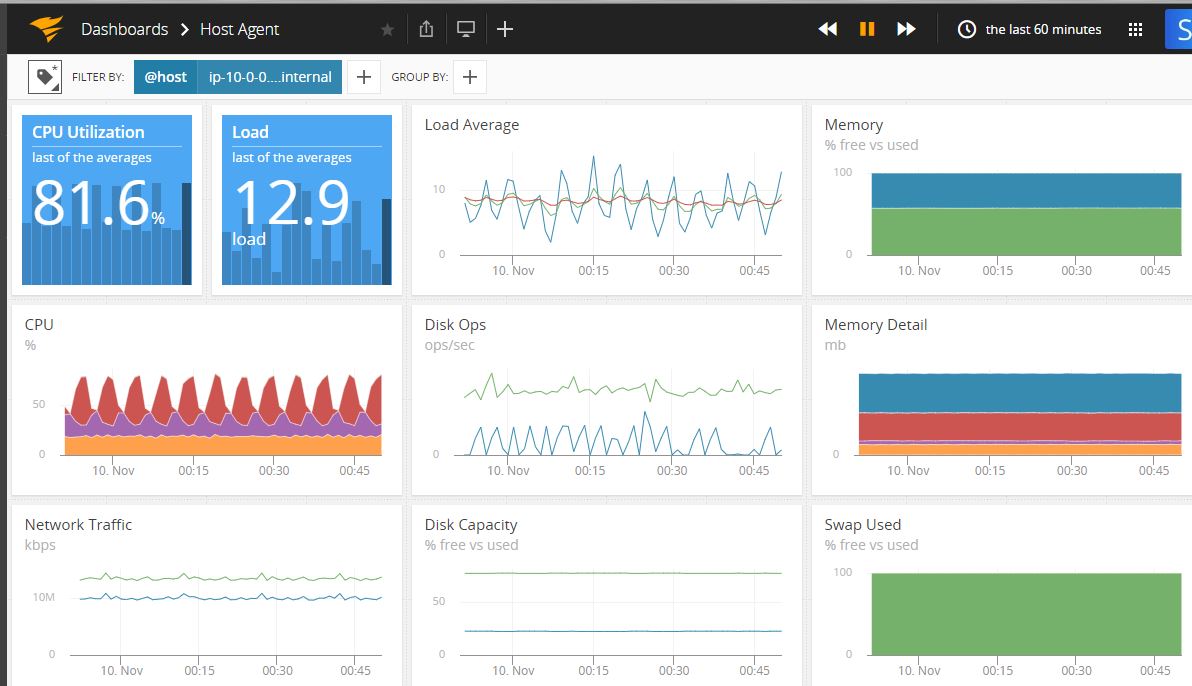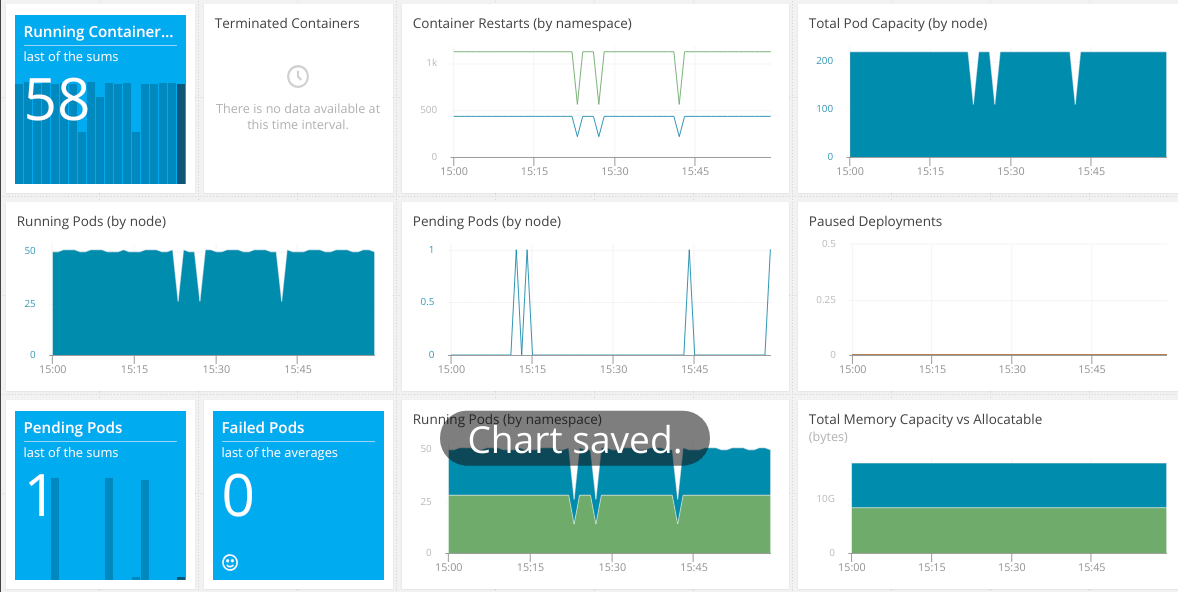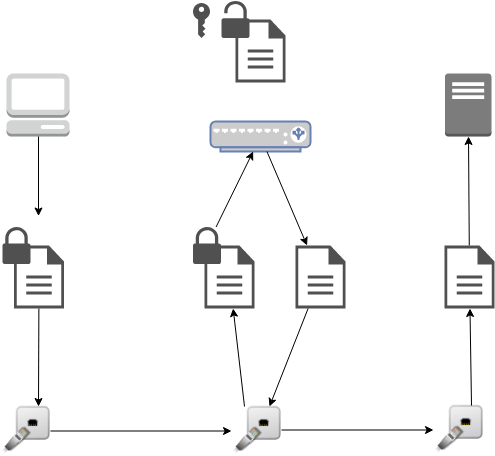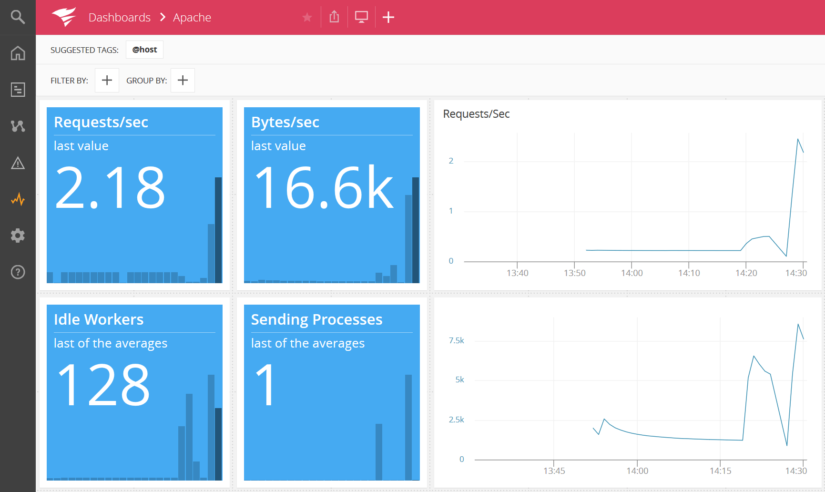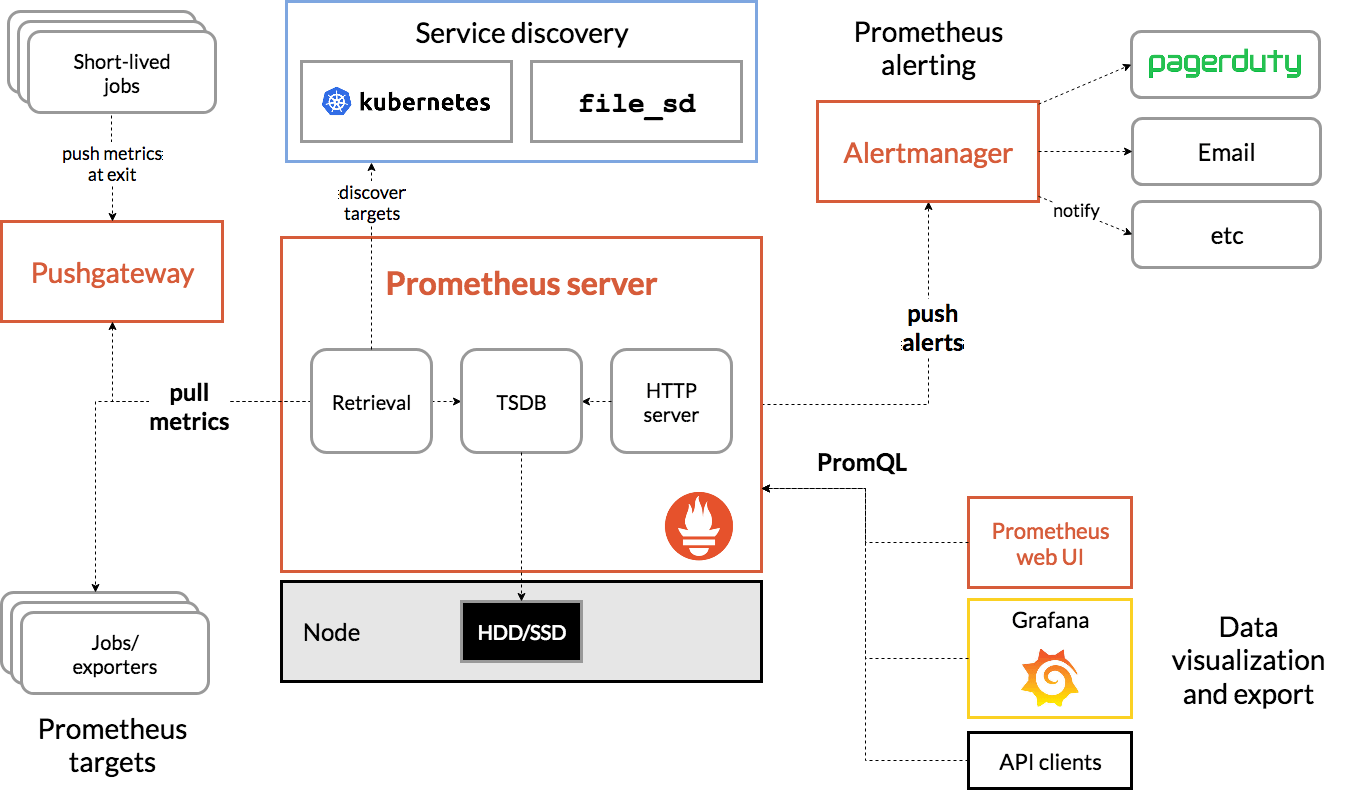A Brief Guide to Database Monitoring
May 13, 2019
In general, databases are an integral part of any information system. They are used for storing, querying, and updating critical business data. Naturally, the availability, performance, and security of a database system are of primary concerns for any database administrator. To facilitate this, system administrators typically make use of various database monitoring tools. In this post, we will introduce you to the principles of building an effective database monitoring strategy. We will talk about what type of metrics you should collect, how you can collect those metrics, and a few best practices.


